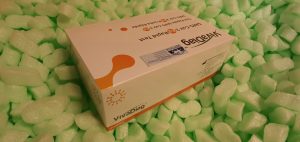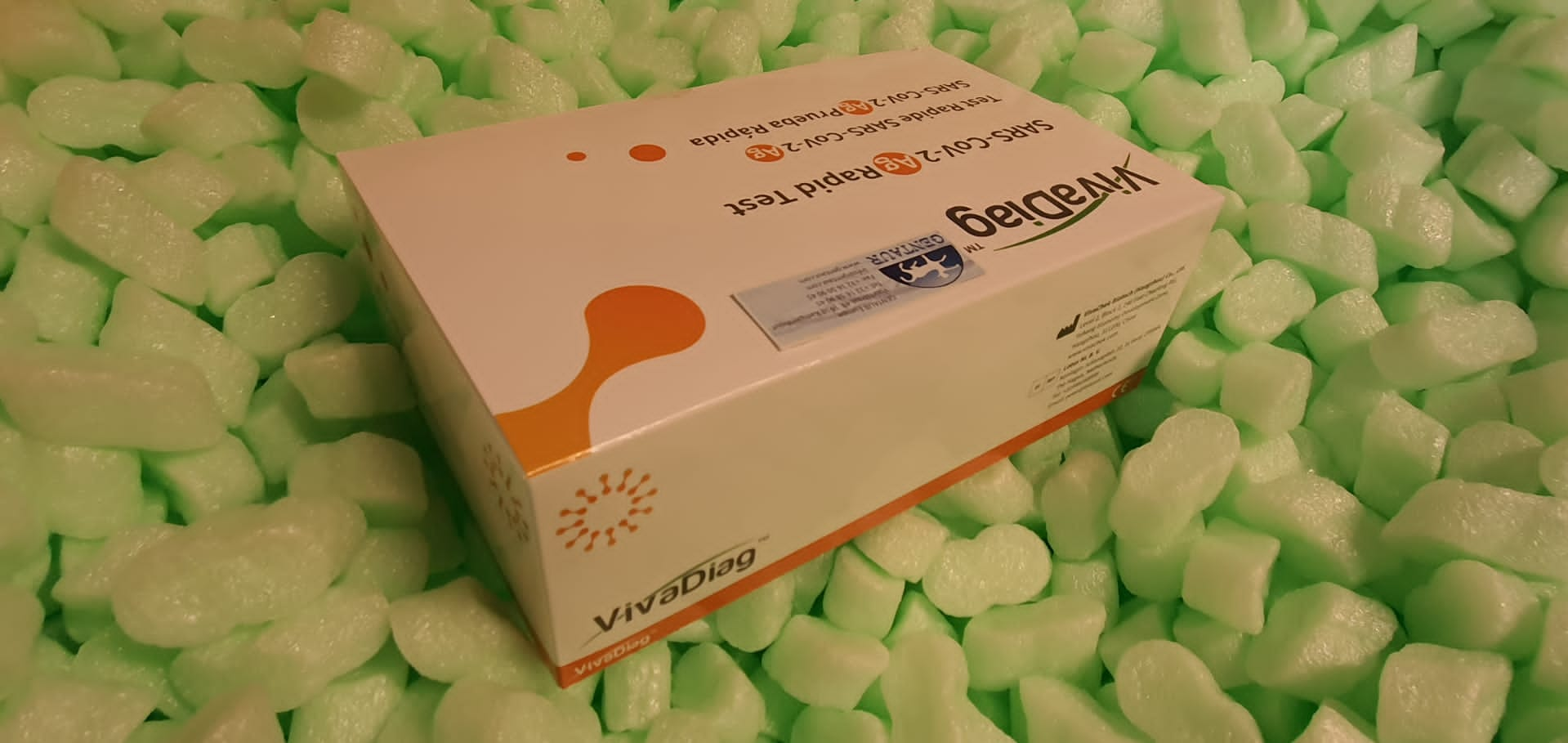Evolving practices in non-small cell lung most cancers (NSCLC) remedy inevitably have an effect on well being care budgets, particularly by the introduction of focused therapies. This ends in an increase of well being financial evaluations (HEEs) on this area. This text evaluations the standard of the financial proof of focused therapies utilized in metastatic NSCLC.
A literature search was performed utilizing PubMed, Cochrane, Embase and CRD (College of York Centre for Evaluations and Dissemination) databases to determine topical unique articles printed between 1/1/2000 and three/31/2019. A top quality of reporting evaluation utilizing the CHEERS (Consolidated Well being Financial Analysis Reporting Requirements assertion) guidelines was transformed right into a quantitative rating and in contrast with the outcomes of a QHES (High quality of Well being Financial Research) analysis. Parts of QHES have been additionally used to investigate the validity of major outcomes, consideration of heterogeneity and rationality of fundamental assumptions of fashions in modeling research.
In complete, 25 HEEs have been obtained and analyzed. From the CHEERS evaluation, it was discovered that technique description integrity (together with setting, perspective, time horizon and low cost price), justification of information sources and a heterogeneity description have been usually absent or incomplete. Solely 5 examined research met the accepted normal of excellent high quality. Modeled articles have been examined with the QHES instrument, and an absence of illustrated construction, inhabitants variability, system of the transitioning chance and justification for the selection of the mannequin have been essentially the most steadily noticed issues within the chosen research. After quantification, the CHEERS scores and QHES scores didn’t differ considerably.
Present NSCLC fashions usually lack consideration for demographic heterogeneity and transparency of information description, and it could be troublesome to switch or generalize from the scientific literature to real-world evidence-based decision-making. Frameworks of future fashions ought to be knowledgeable and justified primarily based on the validity of mannequin outcomes and the development of modeling accuracy
Well being State Utility Values in Juvenile Idiopathic Arthritis: What’s the Proof?
The goals of this systematic overview have been to determine well being state utility values (HSUV) of kids and adults with juvenile idiopathic arthritis within the literature and to evaluate whether or not HSUV have been appropriately reported and could possibly be used to tell parameter inputs for a model-based cost-utility evaluation to tell determination making.MEDLINE, EMBASE, PsycINFO, EconLit and CINAHL databases have been searched in July 2019.
Inclusion standards have been research utilizing preference-based devices, focusing on youngsters or adults with juvenile idiopathic arthritis, and within the English language. The standard of research was assessed utilizing a modified guidelines that included related sources of bias and evaluation of high quality of HSUV valuation and measurement. A descriptive evaluation was performed, together with evaluation on reporting of inhabitants traits and stratification of HSUV by potential well being states or inhabitants subgroup.From 620 recognized articles, ten reported HSUV. Seven research reported HSUV of kids with juvenile idiopathic arthritis, and three of adults with a historical past of juvenile idiopathic arthritis.
Inhabitants illness exercise standing and drug therapy have been reported in lower than half of the research. Six (out of ten) research stratified HSUV outcomes for at the very least one of many potential well being state classes, however they characterize very particular conditions or interventions (e.g. sufferers receiving various kinds of physiotherapy or handled with etanercept over time).We’ve got recognized crucial gaps within the literature reporting HSUV in sufferers with juvenile idiopathic arthritis together with an absence of HSUV measures for distinct well being states, notably in adults with a historical past of juvenile idiopathic arthritis. The present reported HSUV knowledge in juvenile idiopathic arthritis are inadequate for a full cost-utility evaluation with a brief or lifetime horizon.

Benchtop Low-Frequency 60 MHz NMR Evaluation of Urine: A Comparative Metabolomics Investigation.
Metabolomics methods at the moment are utilized in quite a few fields, with the flexibility to offer info regarding a lot of metabolites from a single pattern in a brief timeframe. Though high-frequency (HF) nuclear magnetic resonance (NMR) evaluation represents a typical technique of option to carry out such research, few investigations using low-frequency (LF) NMR spectrometers have but been printed.
Herein, we apply and distinction LF and HF 1H-NMR metabolomics approaches to the research of urine samples collected from kind 2 diabetic sufferers (T2D), and apply a comparative investigation with wholesome controls. Moreover, we discover the capabilities of LF 1H-1H 2D correlation spectroscopy (COSY) experiments relating to the dedication of metabolites, their decision and related analyses in human urine samples. T2D samples have been readily distinguishable from controls, with a number of metabolites, notably glucose, being related to this distinction. Comparable outcomes have been obtained with HF and LF spectrometers.
Linear correlation analyses have been carried out to derive relationships between the intensities of 1D and 2D resonances of a number of metabolites, and R2 values obtained have been in a position to affirm these, an statement testifying to the validity of using 2D LF experiments for future functions in metabolomics research. Our knowledge recommend that LF spectrometers could show to be easy-to-use, compact and cheap instruments to carry out routine metabolomics analyses in laboratories and ‘point-of-care’ websites. Moreover, the standard of 2D spectra obtained from these devices in half an hour would broaden the horizon of their potential functions.

